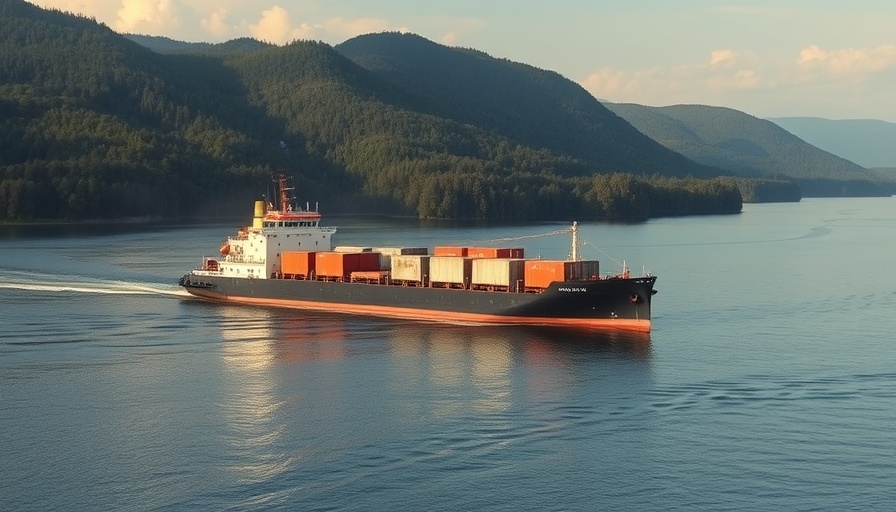
Understanding the Economic Impact of the Inland Waterways System
The Inland Waterways System plays a pivotal role in shaping the U.S. economy, interconnected with global trends that affect everything from agricultural exports to energy supplies. Established to facilitate the transportation of bulk goods within the nation’s borders, this system is critical for industries reliant on barge transport, including agriculture and manufacturing. The U.S. Department of Agriculture acknowledges how global supply and demand fluctuations can ripple through domestic markets. Current U.S. waterways may seem localized; however, they are integral to larger international trading frameworks that can dramatically influence cargo movements. From droughts and tariffs to geopolitical tensions, a range of factors can affect inland waterway traffic.
The Numbers Behind the Barging Industry
According to the U.S. Army Corps of Engineers (USACE), there has been a significant decline in the tonnage of waterborne commerce. The internal U.S. waterborne trade dropped from 622 million short tons in 2007 to 449 million short tons in 2023. Such statistics spur concern over the adequacy of supply to meet rising demand. On average, barge traffic primarily consists of petroleum (135.5 million st), chemicals (48 million st), and agricultural products (73.3 million st), indicating a robust dependency on these sectors.
The Interrelationship of Domestic and International Trade
The interplay between internal movements and international trade is where the intricacies of the river system truly shine. In 2023, the Mississippi River alone facilitated 264 million short tons of cargo linked to domestic commerce, nearly mirroring the 194.2 million short tons attributed to imports and exports. This duality illustrates how external economies influence internal transport flows. For instance, the trade association BIMCO reported a 9% year-on-year increase in U.S. seaborne grain shipments during the first half of 2025, spurred by stronger maize exports. However, this growth is tempered by the recent imposition of tariffs on U.S. agricultural products by key markets like China, which saw export volumes plummet by 57% in the same period. Thus, while some alternative markets have emerged, the volatility in international trade remains a concern for local stakeholders.
Future Predictions: The Road Ahead for Inland Waterways
As the economic landscape shifts, what does the future hold for the inland waterways? Advocates point to potential growth in the alternatives marketplace, where U.S. agricultural products may find new opportunities. On the other hand, existing tariff structures and trade relations with key partners will need to be navigated carefully. Experts predict that political rhetoric surrounding tariffs could result in further shifts in cargo patterns, prompting a need for flexibility among market participants. Keeping a close eye on policy changes by administrations will be crucial for understanding their impacts on barge traffic in the coming years.
Actionable Insight: Engaging with Local Waterway Administration
To optimize the potential of our inland waterways, local stakeholders—including farmers, manufacturers, and cargo transporters—must actively engage with waterway administration on policy and operational decisions. Advocates should push for sustainable upgrades and further investment in infrastructure that ensures efficient barge movement. Modernizing facilities and enhancing logistical operations can contribute to mitigating the challenges faced by inland waterways.
Conclusion: The Importance of Staying Informed
Understanding the dynamics of the U.S. Inland Waterways System is crucial not only for those directly involved in its operations but also for the broader U.S. economy. Awareness of the ongoing shifts in international markets and their impact on local commerce is necessary for adapting strategies and maintaining resilience. Stay informed and responsive to evolving trade and environmental conditions to leverage opportunities in this invaluable economic system.
 Add Row
Add Row  Add
Add 




Write A Comment